10 Best And Effective Scoliosis Exercises And Stretches
Experience improved posture and reduced pain by performing these helpful exercises
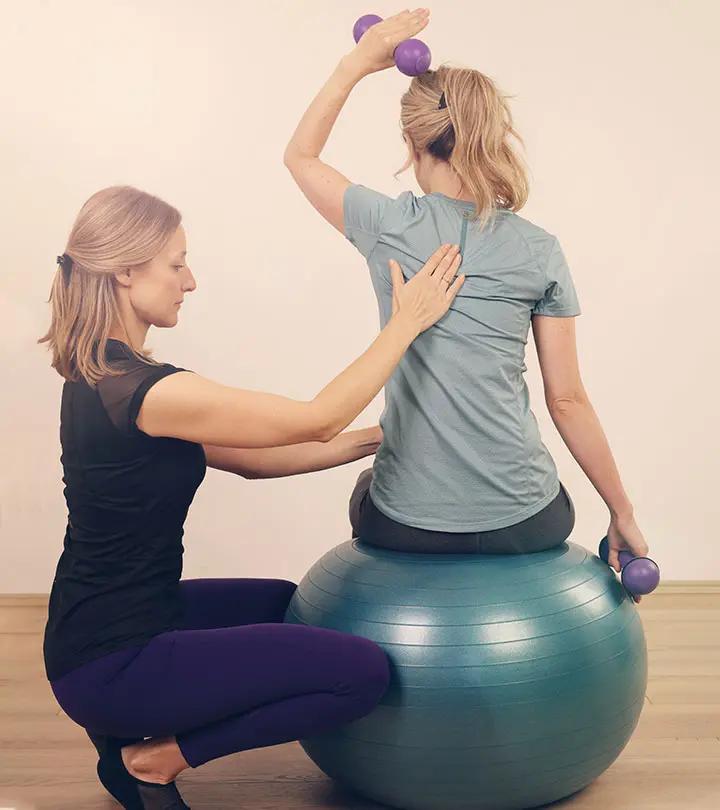
Image: Shuttrerstock
Scoliosis exercises are essential to prevent this spine condition from worsening. Scoliosis causes the spine to curve sideways, resulting in a bad posture (1). The causes of this condition include cerebral palsy, neuromuscular diseases, spinal trauma, incorrect gravity response, or a malformation in the womb (2), (3).
Scoliosis can affect both children and adults, and women are eight times more vulnerable to this condition (2). Guidelines suggest doing scoliosis and bracing exercises for reducing spinal curvature (4). Being aware of your posture is very important for those with scoliosis. Good posture may help reduce discomfort and stop the spine from curving more. Adding posture-focused exercises to your routine may improve how well you manage scoliosis. This article brings you the 10 best exercises that ensure gradual recovery from scoliosis.
Note: Follow this exercise routine under the supervision of a physical therapist.
 Workout Blueprint: Scoliosis Exercises And Stretches
Workout Blueprint: Scoliosis Exercises And Stretches- Frequency: Daily or as recommended by a physical therapist.
- Benefits: Improve posture, mobility, and flexibility.
- Equipment Needed: A mat and an exercise ball.
- Space Required: Big area for some exercises.
- Assistance Required: Yes, for certain exercises.
- Who Should Avoid: Anyone who has recently undergone surgery. Consult a physiotherapist or doctor to check if exercises should not be done.
In This Article
10 Best Scoliosis Exercises To Improve Posture And Reduce Pain
1. Scoliosis Pilates
This is the beginning of the Scoliosis exercise regimen. It can be done lying down or standing with the support of a wall. It helps in building strength and posture. This enhances the resistance power of the patient.
Targets
Hamstrings, glutes, lats, and lower back.
Starting Position
Lie down flat on your back and fold your knees.
Steps
- Take a small gym ball and keep it between your knees.
- Keep your palms on the side.
- Gently push your hips up to lift your mid-body. Hold for 3 seconds.
- Lower down and exhale.
- Repeat this 10 times. Do this for 10 minutes.
Precaution
Make sure to arch your back when you lie down and start doing the exercise.
2. Scoliosis Yoga – Cat Pose

This is a very good spine strengthening and relaxing exercise. It can also help treat backache.
Target
Upper back, lower back, and glutes.
Starting Position
Come to a cat-like position by supporting your torso on both your palms and knees.
Steps
- Push your lower back down and look up at the ceiling. Feel the stretch in your lower back.
- Exhale and draw the belly in and form a hunchback. Look toward your navel.
- Inhale and repeat this again 20 times. Do this for 8 minutes.
Precaution
Make sure you breathe in and out while doing this exercise.
3. Scoliosis Breathing Exercise
Breathing in deeply helps facilitate blood circulation.
Target
Upper back and lower back.
Starting Position
Lie on your back on a mat and relax your shoulders.
Steps
- Keep your fingertips on your chest and breathe in and breathe out. Do this 10 times.
- Flex your knees and lift your legs.
- Drop your shins and lift them again. Do this 10 times.
- Lie down on your side with a pillow supporting your upper torso.
- Breathe in and out. Do this 10 times.
- Lie down on your back with your knees flexed and feet flat on the floor.
- Breathe in and out. Do this 10 times for 20 minutes.
Precaution
Relax and do this exercise.
4. Schroth Method
Schroth method exercises for scoliosis are said to be one of the best nonsurgical options for treating the condition.
Target
Upper back and lower back.
Starting Position
Lie down on your right side on the floor.
Steps
- Lift your left leg. Hold it there for 3 seconds and then release.
- Do this 10 times.
- Position yourself underneath a bar that is not too high so that you can keep your feet on the ground.
- Hold the bar, position your feet right below it, and pull your body down. Feel the stretch and count to 10.
- Without leaving the bar, come to a sitting position. Count to 10.
- Repeat this set 3 times. Do this for 25 minutes.
Precaution
Take a trainer’s help while doing this exercise.
5. Scoliosis Bird Dog Stretching
It is a form of scoliosis exercise that needs a gym ball for support. It is a very beneficial exercise for beginners as it doesn’t hurt much and helps you attain the perfect posture.
Target
Hamstrings, glutes, shoulder, lats, lower back, triceps, and quads.
Starting Position
Take a gym ball. Lie down with your tummy on the ball and support your body with your toes.
Steps
- Lift your left leg and right hand. Hold for 3 seconds.
- Put your left leg and right hand down.
- Lift your right leg and left hand. Hold for 3 seconds.
- Put them down.
- Repeat this 10 times. Do this for 7 minutes.
Precaution
Stabilize your body using the stability ball so that you don’t fall and hurt yourself.
6. Triceps Raise Or Row Raise
This exercise is also known as row raise or triceps raise. It works the back muscles and provides support to the trunk. You can do this exercise with free weights or a machine. The best way to choose your form will depend on the challenges you face while initially undergoing treatment, as then one can determine which mode will help you attain satisfactory results. Here is what you should do.
Target
Triceps, lats, and lower back.
Starting Position
Sit on a gym ball with your legs shoulder-width apart.
Steps
- Take a weight in your right hand and lift it above your head.
- Support your right hand with your left hand.
- Bend your right elbow and push your right forearm down.
- Pull your right forearm up and exhale.
- Repeat this 10 times.
- Do this with your left hand as well. Do this for 12 minutes.
Precaution
Proper breathing is extremely important. Inhale when you flex your elbow and exhale when you straighten your hand.
7. Hip Roll And Bridge
The Hip Roll and Bridge exercise inclines the pelvis area, raising your vertebrae to form a full circle, and lets the hip move, which is a must if you have scoliosis.
Target
Lower back, middle back, upper back, hamstrings, quads, and glutes.
Starting Position
Lie down on your back, bend your knees, and tuck your legs in.
Steps
- Support your body by placing your arms away from your body, palms facing down.
- Roll your pelvis region from left to right.
- Repeat this 20 times. Do this for 7 minutes.
Precaution
Stop if you experience sharp pain.
8. Plank
There are several ways of performing this core exercise for scoliosis. The plank exercise helps strengthen the core muscles. However, the recommended one for beginners is the form that requires one’s forearms and toes to face the plank.
Target
Abs, shoulders, biceps, upper back, lower back, quads, hamstrings, and calves.
Starting Position
Lie down facing the ground, bend your elbows, and support your body with your toes.
Steps
- Squeeze your abs in and hold this position for 5 seconds.
- Rest and breathe in and out.
- Repeat these steps 3 times. Hold each plank for 10-30 seconds.
Precaution
Always take assistance from your physical therapist. Do not bend your knees.
9. Lying Spinal Twist Asana
This is an excellent exercise to correct your posture and spinal curvature. You will need the assistance of a physical therapist to do this exercise.
Target
Upper back, lower back, glutes, and hamstrings.
Starting Position
Lie down on your side with your knees flexed. Your thighs should be at right angles to the calves. Extend your arms to the side.
Steps
- Slowly move your neck, arms, and mid-torso in the opposite direction.
- Hold this pose for 5 seconds and then slowly return to the starting position.
- Do this on the opposite side too.
- Repeat this 10 times. Hold the pose for 2 seconds.
Precaution
Do not twist too much or for too long.
10. Scoliosis Yoga – Tree Pose
The tree pose is one of the best yoga for scoliosis and is of immense help if you want to improve your balance.
Target
Upper back, lower back, adductors, biceps, triceps, and quads.
Starting Position
Stand straight with your feet shoulder-width apart.
Steps
- Support your body on your right foot and flex your left knee. Grab your left knee with both your palms.
- Put your left foot flat on your right inner thigh.
- Join your palms together and put your hands up.
- Hold this pose for 30 seconds to 1 minute.
- Do this on the other side.
- Repeat this 3 times. Hold the pose (with and without the assistance of your physical therapist) for 10-30 seconds.
Precaution
Take someone’s help to balance yourself if you are not comfortable the first time.
 Quick Tip
Quick TipThese are the 10 best scoliosis exercises you can do to rehabilitate your spinal curvature. However, certain exercises might aggravate pain and further increase the spinal curvature angle. You must also be aware of the exercises to avoid if you have scoliosis. Here’s a list.
Key Takeaways
- Try cat pose yoga to strengthen your spine; it relaxes your back and helps relieve back pain.
- The Schroth method can help relieve pain and relax your upper and lower back.
- You can do hip rollers and the bridge pose to relax your spine, hamstrings, and even glutes.
- You should avoid swimming, playing football, or doing gymnastics. Any form of exercise that makes you lean and bend forward can aggravate your pain.
Scoliosis Exercises To Avoid – Exercises NOT To Do If You Have Scoliosis
- Exercises that require you to lean or bend forward.
- Exercises that require you to overextend or curve your lower back.
- Football or competitive swimming.
- Gymnastics, somersaults, ballet, and high jumps.
- Sleeping on your belly.
- Playing or jumping on the trampoline.
- Running for long distances.
- Lifting or carrying heavy objects.
- Heavy weightlifting at the gym.
Avoiding these exercises and activities can help lower the chances of injuring yourself. But you must do scoliosis therapy exercises daily for the following reasons.
Why Are Scoliosis Exercises Good For You?
It is highly recommended to try physical therapy for scoliosis treatment. Exercise is the best way to strengthen and straighten the physical posture and avoid curvature on one side. But when it comes to scoliosis, you have to be a little more mindful about the exercises you choose to do. Practicing scoliosis balance exercises like yoga stretches can improve your flexibility and body control too.
Breathing exercises (like taking deep breaths) can provide temporary relief, but they are not an effective remedy. Yoga, which does help in giving the muscles some balance, is not the go-to solution in case of scoliosis.
Scoliosis brace exercises, while effective, are a temporary solution as the spinal curve can reappear when you stop wearing the brace. You can also try scoliosis resistance band exercises for the back that may help strengthen your body. Hence, it is important to do the scoliosis exercises mentioned here. You must consult your doctor before doing them.
 Trivia
TriviaBenefits Of Scoliosis Exercises
- Reduce spinal curvature.
- Improve brain and muscle coordination.
- Slow down or stop scoliosis progression.
- Stabilize and reduce existing curvature.
- Boosts self-esteem through awareness of the body and movement.
Types Of Scoliosis Exercises
- Involuntary exercises to train the muscles and the brain.
- Anti-scoliosis postures for day-to-day activities.
- Mirror image exercises to balance the curvature.
- Breathing mechanics and functions.
Helpful Scoliosis Exercise Tools
- Foam Roller – Foam rollers not only relieve pain but also help build strength. They also provide support during some core strengthening exercises.
- Stability Ball – Stability balls provide support and stability to your back and strengthen your abdominal muscles.
- Training Wedges Or Blocks – Training wedges are wedged soft mats that offer extra support if you have multiple curves in your spine.
- BOSU Balance Trainer –This dome-shaped balance trainer helps strengthen your back muscles.
- ScoliSMART Activity Suit – This is a very helpful and effective suit that you can wear even while doing your daily chores. It helps you maintain proper posture and reduces the spinal curvature with regular usage.
Sports To Play If You Have Scoliosis
Note
: Always consult your doctor before playing any sport if you have scoliosis. Here are the sports you can play:
- Scoliosis Swimming Exercises (not competitive swimming)
- Cycling

- Light strength training
Living with scoliosis can be challenging, so why not detect it way earlier? Here’s how you can do that.
ScolioSMART™ Early Stage Intervention
The ScoliSMART™ Early Stage Intervention is a five-day treatment, which helps kick-start the crucial neuromuscular retraining. It also includes home treatment and assessments of improvement. It includes the following.
- Genetic risk assessment — Saliva samples are taken to find the likelihood of scoliosis.
- Neurotransmitter testing — Hormone imbalances are determined that contribute to brain-muscle miscommunication.
- Home muscle training program — Involuntary exercise program.
- Nutritional testing and support — Supplements are given to correct hormonal imbalances.
Precaution
: Get a thorough check-up done before doing any scoliosis exercise. Do them under the guidance of a professional.
Depending on the severity of your condition, your doctor may recommend surgery as well. Eliana, a blogger, shared her experience undergoing scoliosis surgery, highlighting the one point that no one told her about. She was surprised by the excruciating pain she felt after the surgery. She adds, “Despite the fact that I had four ribs removed and a bone graft added to my rib cage, I can still feel my curve. Sure, this made my deformity less visible, but it didn’t change the way my body felt (i).”
Infographic: Top 3 Exercises For Scoliosis
Factors such as spinal trauma and neuromuscular conditions can result in the development of scoliosis in children and adults. However, regular spinal exercises can help correct posture and strengthen your spine. Check out the infographic below for the top 3 exercises to manage scoliosis. Illustration: StyleCraze Design Team
The scoliosis workout helps reduce the spine curvature associated with scoliosis and aid gradual recovery. Variations of pilates, yoga, breathing exercises, along with certain scoliosis stretches help ease the pain and improve the posture over time. These also help improve brain and muscle coordination, while reducing the need for surgery or invasive bracing. You may even try scoliosis strengthening exercises, scoliosis back exercises, scoliosis traction exercises, scoliosis massage therapy, scoliosis chiropractic exercises, scoliosis isometric exercises, and scoliosis exercises to improve posture. Including these in your daily wellness routine would help make the condition better over time.
Frequently Asked Questions
Can scoliosis exercises be performed at home?
Yes, scoliosis exercises can be done at home, but it is best to follow a program or guidance from a healthcare professional. Start by taking a session so you can learn the proper posture and technique of these exercises. Once you master them, you can try them at home.
How often should I perform scoliosis exercises?
You may aim to perform scoliosis exercises 3 to 5 times a week for the best results. Remember not to push yourself too hard. If you feel any pain, stop and take some rest.
What should I do if I experience pain during exercises?
If you feel pain while exercising, stop immediately and consult your doctor or physical therapist for advice.
Can scoliosis be reversed or cured?
The earlier the treatment, the better the chances of reversing or completely curing scoliosis. You must work with your doctor and a licensed physical therapist to reduce the spinal curvature. Be active and join a support group if it helps you stay positive.
Does stretching help scoliosis?
Yes, stretching helps reduce scoliosis pain and curvature. Do it with assistance and under the supervision of a licensed physical therapist.
How should I sleep with scoliosis?
This can vary from person to person. Talk to your doctor about the best position that you can sleep in.
Does cold weather affect scoliosis pain?
Yes, cold weather can aggravate scoliosis pain. Wear warm clothes and try to stay warm during winters.
What is infantile scoliosis?
If children below 5 years are affected by scoliosis, it is known as infantile scoliosis.
Is walking good for scoliosis?
Wear the ScolioSMART suit for walking.
Is swimming good for someone with scoliosis?
Yes, swimming is good for the scoliotic spine. But do not try competitive swimming.
Does chiropractor massage help scoliosis?
Yes, a specially developed chiropractor massage for scoliosis can help correct scoliosis spinal curvature. Talk to a chiropractor therapist who has worked with people with scoliosis before.
Illustration: Best And Effective Scoliosis Exercises And Stretches

Image: Stable Diffusion/StyleCraze Design Team
Learn the best scoliosis exercises for pain and posture without any equipment! Watch this video to improve your posture and reduce pain with these simple exercises.
Personal Experience: Source
StyleCraze's articles are interwoven with authentic personal narratives that provide depth and resonance to our content. Below are the sources of the personal accounts referenced in this article.
i. 13 things no one told me about having scoliosis surgery,https://thecurvyspine.com/2016/11/16/13-things-no-one-told-me-about-having-scoliosis-surgery/
References
Articles on StyleCraze are backed by verified information from peer-reviewed and academic research papers, reputed organizations, research institutions, and medical associations to ensure accuracy and relevance. Read our editorial policy to learn more.
- Relations between standing stability and body posture parameters in adolescent idiopathic scoliosis, Spine, US Library of Medicine, National Institutes of Health.
https://pubmed.ncbi.nlm.nih.gov/12221357/ - Scoliosis, American Association of Neurological Surgeons.
https://www.aans.org/patients/conditions-treatments/scoliosis/ - Gravity-induced torque and intravertebral rotation in idiopathic scoliosis, Spine, US Library of Medicine, National Institutes of Health.
https://pubmed.ncbi.nlm.nih.gov/18197088/ - 2016 SOSORT guidelines: orthopaedic and rehabilitation treatment of idiopathic scoliosis during growth, Scoliosis and Spinal Disorders.
https://www.ncbi.nlm.nih.gov/pmc/articles/PMC5795289/pdf/13013_2017_Article_145.pdf - Effectiveness of scoliosis-specific exercises for alleviating adolescent idiopathic scoliosis: a systematic review
https://www.ncbi.nlm.nih.gov/pmc/articles/PMC7385878/
Read full bio of Heather M. Duquette-Wolf
Read full bio of Charushila Biswas
Read full bio of Ravi Teja Tadimalla
Read full bio of Sindhu Koganti






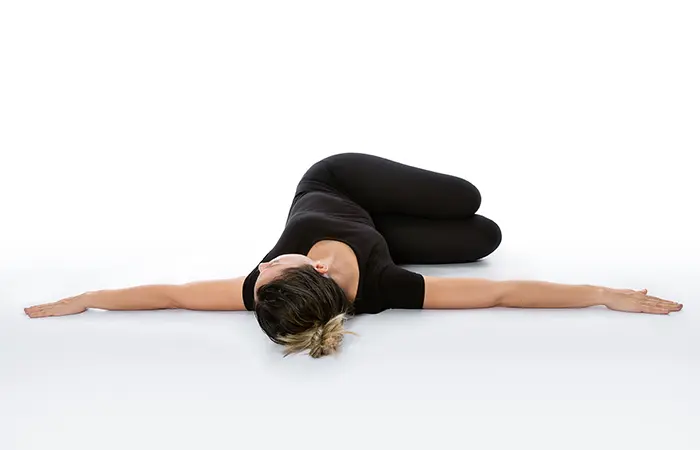

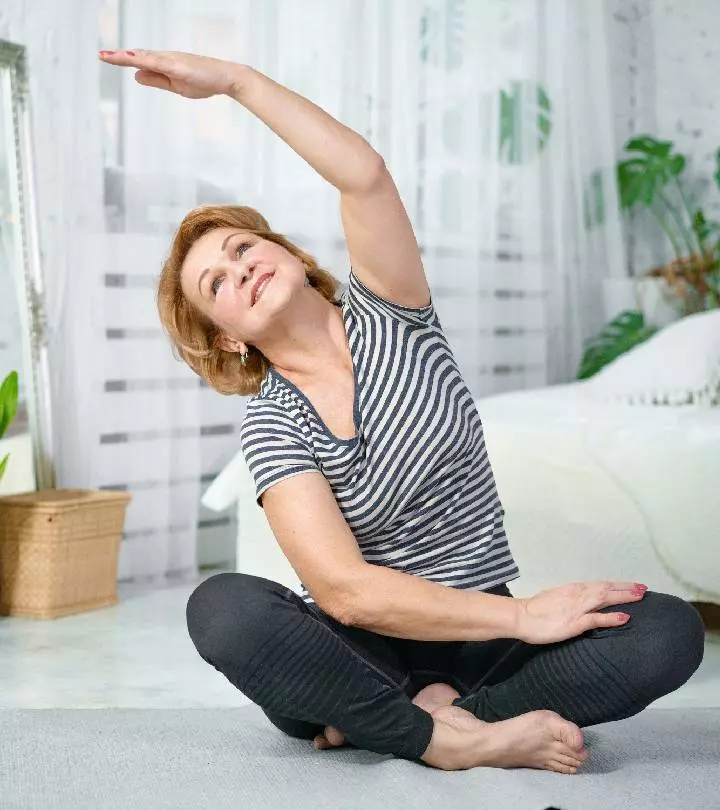










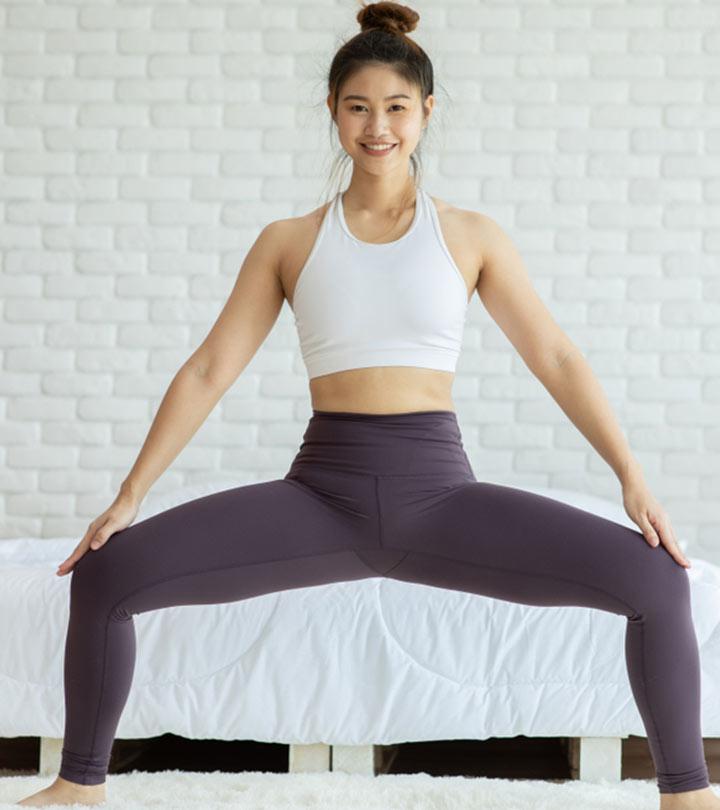


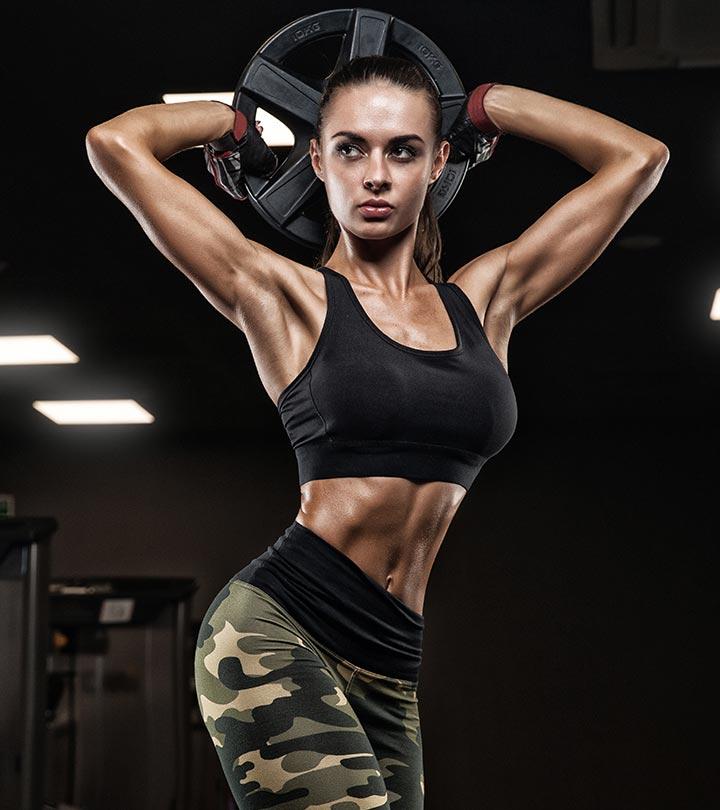

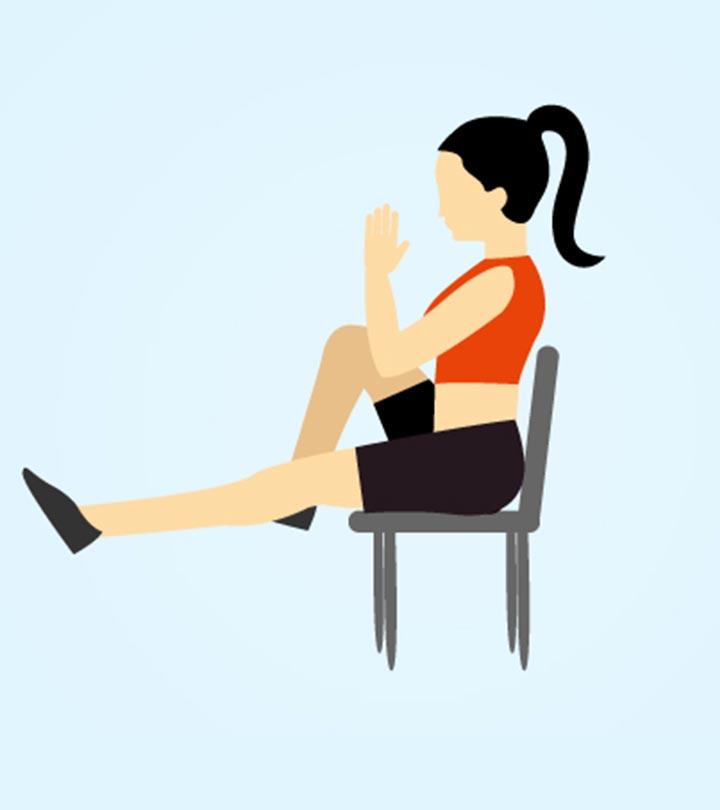


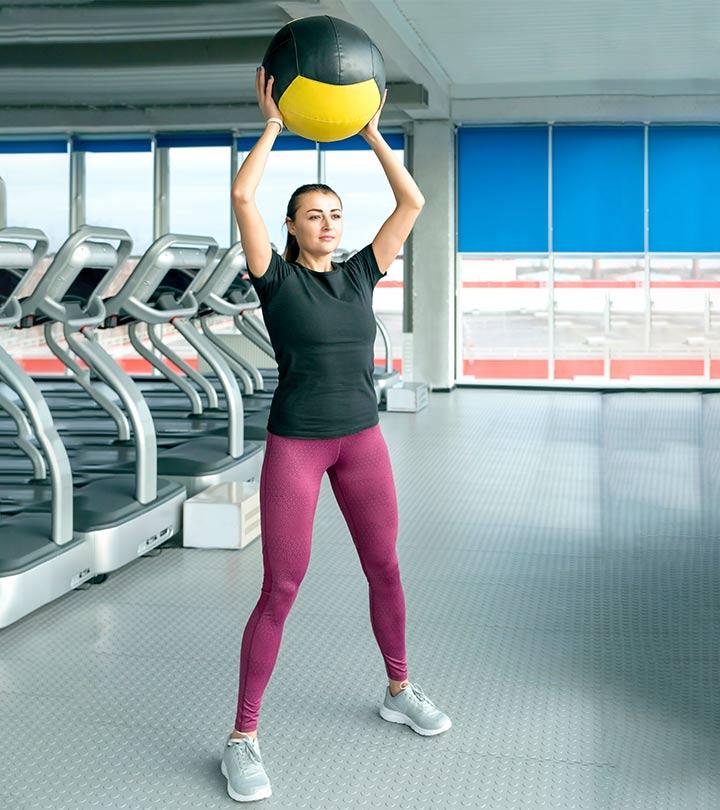

Community Experiences
Join the conversation and become a part of our empowering community! Share your stories, experiences, and insights to connect with other beauty, lifestyle, and health enthusiasts.